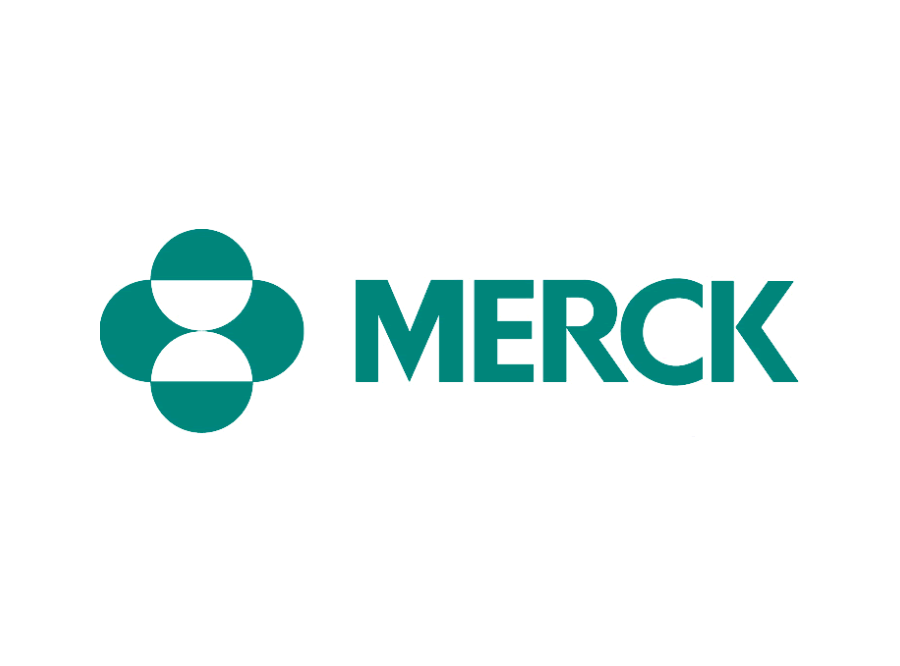SIA Charts’ relative strength rankings assist investors in identifying stocks that are outperforming their peers or index benchmarks. Outperformance typically indicates positive investor expectations for a company or sector, while underperformance can signal the opposite, which is equally significant. Today we are going to highlight a Drug name exhibiting underperformance of late. To illustrate this, let’s review the shares of Merck & Company Inc. (MRK). Merck entered the Yellow Neutral Zone in the SIA S&P 100 Index Report last year on June 12, 2024, at a price of $130.20, as the SIA Algorithm was beginning to see weakness developing in the name, an early signal to keep an eye out for further weakness. Later that summer, the shares fell into the Red Unfavored on July 30, 2024, at a price of $115.25 and have not recovered out of the unfavored zone, even up to today. The shares have faced significant underperformance, with a closing price of $80.79 this represents a 42% price depreciation in one year’s time since Merck's entry in the unfavored zone. On July 29th, MRK reported earning results which saw total worldwide sales at $15.8 Billion, a Decrease of 2% From Second Quarter 2024. One of the powerful aspects of SIA’s relative strength analysis is it doesn’t just give you valuable insights on what investments are outperforming but also gives you insights on which investments are underperforming so you can avoid such names and look for other opportunities.
In looking at the attached candlestick chart, the shares peaked at the late July 2024 time period at the $126.00 level right around the time SIA’s algorithm issued its red unfavored rating. Then a pronounced and significant downtrend has materialized ever since with the shares finding a tentative bottom in the low $70 level. It is much too early to say the recent bottom is the floor or if the shares are just going through a relief rally as the trend change has not been confirmed yet. Judging by the fact the pattern is still one of lower lows and lower highs one may want to at least see if the recent bottom in the low $70 area holds going forward. The shares are currently sitting in the unfavored position at #95 out of 103 positions in the SIA S&P 100 Index.
Delving into the Point and Figure Chart to garner more precise support and resistance points, we see a similar message. The shares peaked in mid 2024 at $127.49 followed by a steady downtrend all the way to today. The shares found a potential floor at $73.23 which also coincides with the long term uptrend (green) line acting a possible support. Last month a brief rally ensued before hitting its head at the $85.80 resistance point and now the shares have 3 box reversed to the downside with a column of 3 O’s. The shares are right at near term support. If it can not hold here, next support is at $74.69 (the green line). To the upside, resistance, will be at the aforementioned $85.80 to $87.51 area. If MRK can break above this point, next resistance is at $94.73 and at that point may give some evidence the trend has reverted to the upside. But only time will tell. With an SMAX of 4 out of 10, there isn’t much short term strength against the asset classes, and the shares are exhibiting a bearish double bottom pattern . NOTE: Merck (NYSE: MRK), and Verona Pharma plc (Nasdaq: VRNA) (“Verona Pharma”), a biopharmaceutical company focused on respiratory diseases, announced that the companies have entered into a definitive agreement under which Merck, through a subsidiary, will acquire Verona Pharma for $107 per American Depository Share (ADS), each of which represents eight Verona Pharma ordinary shares, for a total transaction value of approximately $10 billion. Merck makes pharmaceutical products to treat several conditions in a number of therapeutic areas, including cardiometabolic disease, cancer, and infections. Within cancer, the firm's immuno-oncology platform is growing as a major contributor to overall sales. The company also has a substantial vaccine business, with treatments to prevent hepatitis B and pediatric diseases as well as HPV and shingles. Additionally, Merck sells animal health-related drugs. From a geographical perspective, just under half of the firm's sales are generated in the United States.
Disclaimer: SIACharts Inc. specifically represents that it does not give investment advice or advocate the purchase or sale of any security or investment whatsoever. This information has been prepared without regard to any particular investors investment objectives, financial situation, and needs. None of the information contained in this document constitutes an offer to sell or the solicitation of an offer to buy any security or other investment or an offer to provide investment services of any kind. As such, advisors and their clients should not act on any recommendation (express or implied) or information in this report without obtaining specific advice in relation to their accounts and should not rely on information herein as the primary basis for their investment decisions. Information contained herein is based on data obtained from recognized statistical services, issuer reports or communications, or other sources, believed to be reliable. SIACharts Inc. nor its third party content providers make any representations or warranties or take any responsibility as to the accuracy or completeness of any recommendation or information contained herein and shall not be liable for any errors, inaccuracies or delays in content, or for any actions taken in reliance thereon. Any statements nonfactual in nature constitute only current opinions, which are subject to change without notice.
















